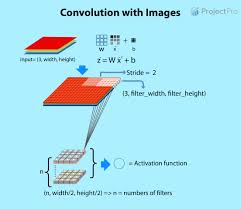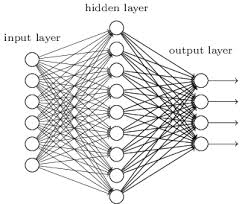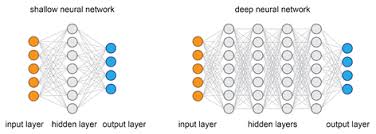Neural Networks for Classification in Python
Neural networks have revolutionized the field of machine learning, particularly in the area of classification tasks. In Python, neural networks are widely used for building models that can classify data into different categories based on patterns and features.
What is a Neural Network?
A neural network is a computational model inspired by the structure and function of the human brain. It consists of interconnected nodes, or neurons, organized in layers. Each neuron processes input data and applies an activation function to produce an output.
Classification with Neural Networks
For classification tasks, neural networks learn to map input data to specific output labels. By adjusting the weights and biases of connections between neurons during training, a neural network can effectively classify new, unseen data based on patterns learned from the training set.
Python Implementation
In Python, popular libraries such as TensorFlow and Keras provide powerful tools for building and training neural networks for classification tasks. These libraries offer high-level APIs that simplify the process of designing neural network architectures, compiling models, and optimizing performance.
Example Code Snippet
import tensorflow as tf
from tensorflow.keras.models import Sequential
from tensorflow.keras.layers import Dense
model = Sequential([
Dense(64, activation='relu', input_shape=(10,)),
Dense(64, activation='relu'),
Dense(1, activation='sigmoid')
])
model.compile(optimizer='adam',
loss='binary_crossentropy',
metrics=['accuracy'])
model.fit(X_train, y_train, epochs=10)
Conclusion
Neural networks offer a powerful approach to classification tasks in Python. By leveraging the capabilities of libraries like TensorFlow and Keras, developers can easily build sophisticated models that can effectively classify data across various domains.
Common Questions About Using Neural Networks for Classification in Python
- How do you train a neural network for classification?
- How do you use a neural network for classification in Python?
- Can we use neural network for classification?
- Which neural network is best for classification?
How do you train a neural network for classification?
Training a neural network for classification in Python involves several key steps. First, you need to prepare your dataset, ensuring that it is properly formatted and labeled with the correct classes. Next, you define the architecture of your neural network, including the number of layers, types of activation functions, and other parameters. Then, you compile the model with an appropriate optimizer and loss function. During training, the neural network iteratively adjusts its weights and biases by comparing its predictions to the true labels in the training data. This process continues for multiple epochs until the model learns to accurately classify new data. Regular evaluation and fine-tuning are essential to ensure optimal performance of the neural network for classification tasks.
How do you use a neural network for classification in Python?
One frequently asked question in the realm of neural network for classification in Python is: “How do you use a neural network for classification in Python?” Using a neural network for classification in Python involves several key steps. First, you need to define the architecture of your neural network, including the number of layers, types of activation functions, and input/output dimensions. Next, you prepare your training data by encoding labels and normalizing features. Then, you compile your model with an appropriate optimizer and loss function. Finally, you train your neural network on the training data and evaluate its performance on a separate validation set to ensure accurate classification results. By following these steps and leveraging libraries like TensorFlow and Keras, users can effectively harness the power of neural networks for classification tasks in Python.
Can we use neural network for classification?
The frequently asked question “Can we use neural network for classification?” is a common query among individuals exploring the capabilities of neural networks in Python. The answer is a resounding yes. Neural networks are highly effective tools for classification tasks, as they can learn complex patterns and relationships within data to make accurate predictions. By leveraging libraries like TensorFlow and Keras, developers can easily implement neural network models that excel at classifying data into different categories based on learned features. Whether it’s image recognition, sentiment analysis, or any other classification task, neural networks offer a versatile and powerful solution in the realm of machine learning.
Which neural network is best for classification?
When it comes to selecting the best neural network for classification tasks in Python, the choice often depends on the specific characteristics of the dataset and the complexity of the problem at hand. Different types of neural networks, such as feedforward neural networks, convolutional neural networks (CNNs), and recurrent neural networks (RNNs), excel in different scenarios. For image classification tasks, CNNs are commonly preferred due to their ability to capture spatial hierarchies in data. On the other hand, RNNs are well-suited for sequential data classification tasks. Ultimately, the optimal neural network architecture for classification should be chosen based on factors like data structure, computational resources, and desired performance metrics.




